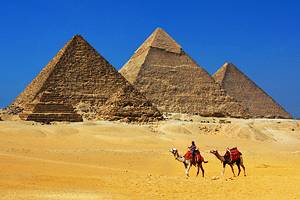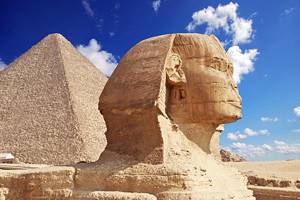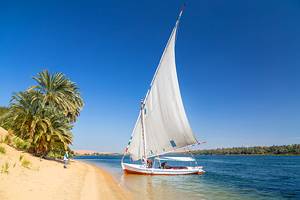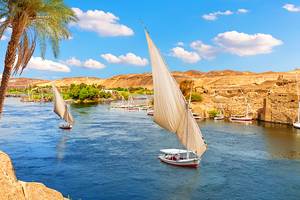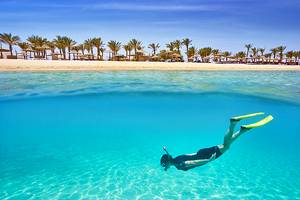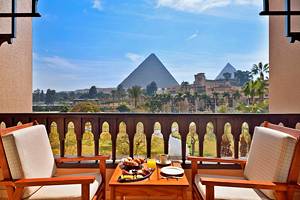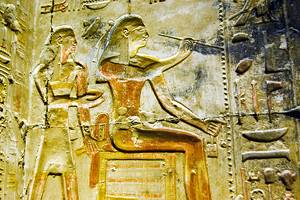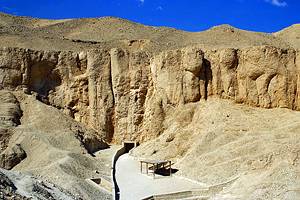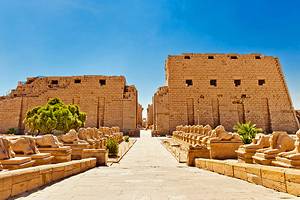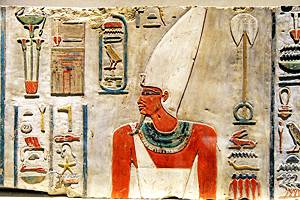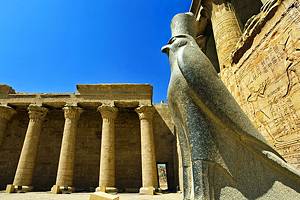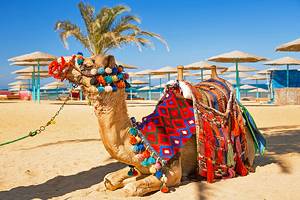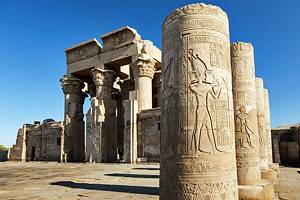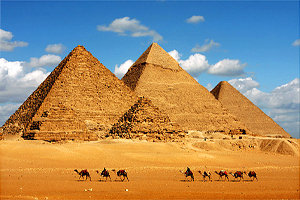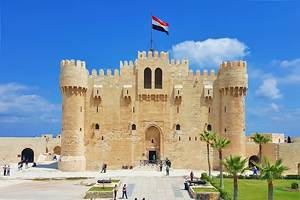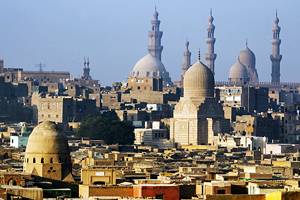Egypt in Pictures: Beautiful Places to Photograph
Home to one of the oldest and most advanced ancient civilizations, Egypt stuns with impressive opportunities to capture gorgeous pictures at every corner.
From thrilling desert safaris to stunning beaches and blue lagoons to the unmissable pyramids, there are plenty of things to do in Egypt for every type of traveler.
A country that has fascinated the world for centuries, Egypt is an eclectic mix of art, culture, history, and stunning natural wonders that make striking subjects for great images. Whether you're heading over for nature or man-made wonders, here are some of the most beautiful spots to photograph in Egypt.
Pyramids of Giza
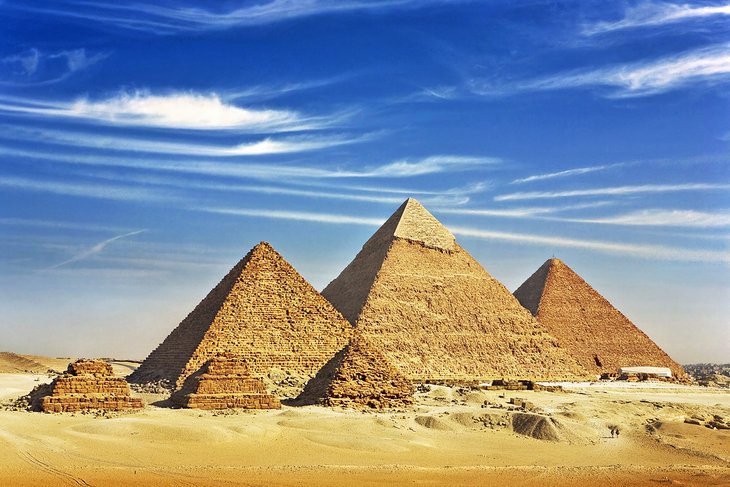
Just 13 kilometers outside Cairo, the three pyramids of Giza are Egypt's most famous photo subject. The oldest and largest of the three, the Great Pyramid of Giza stands at 146.5 meters tall and was built using 2.3 million granite stone blocks.
Although the pyramids you see today are rough and dusty, they were originally covered in smooth limestone.
- Read More: Pyramids of Giza: A Visitor's Guide
Karnak Temple
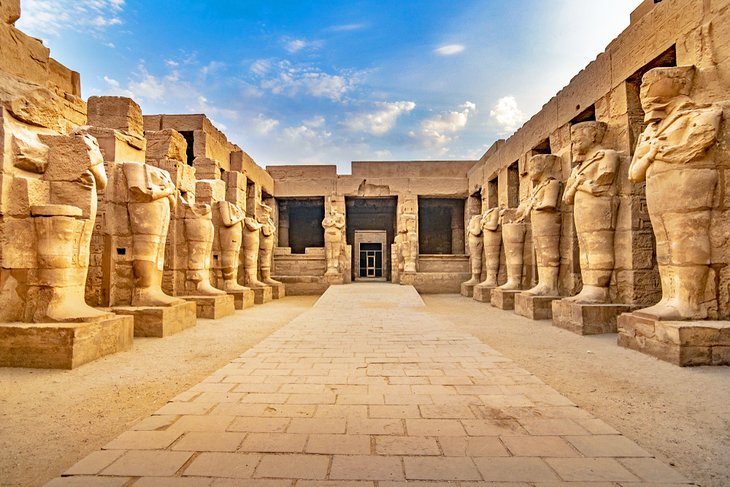
Karnak is a complex of temples and chapels, including the impressive Hypostyle Hall, which covers 5,000 square meters and contains 134 columns that can reach up to 10 meters tall. Karnak is a vast open site that took many years to build — over 30 pharaohs contributed to the design and expansion of the structure. Today, you can capture beautiful images of the stone sculptures against a bright blue sky.
Abu Simbel Temples
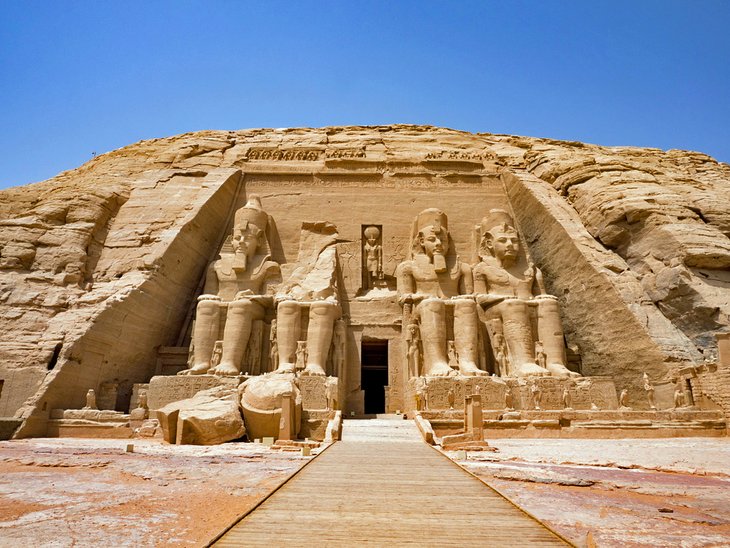
The two rock temples at Abu Simbel date back to the 13th century, when they were carved right on the mountainside by order of Pharaoh Ramesses II. The temples are dedicated to the pharaoh and his queen Nefertari. The temples were originally located somewhere else but were relocated in 1968 when the Aswan High Dam reservoir was built — without relocation, they would've been completely submerged underwater.
To add to your portfolio of travel images, you can visit Abu Simbel on a day trip from Aswan.
- Read More: Exploring Abu Simbel: A Visitor's Guide
Valley of the Kings
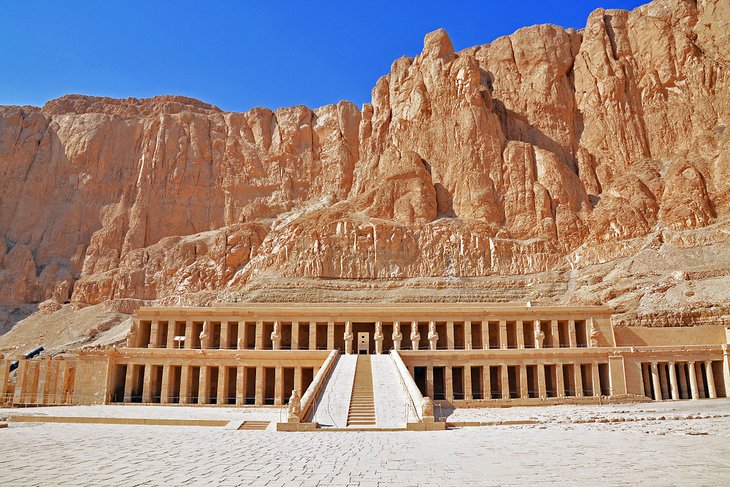
The 63 tombs carved on the cliffs at Valley of the Kings were built over a period of 500 years, starting in the 11th century BC. Pharaohs, powerful nobles, and their families have their final resting place here. KV5, the largest tomb, with at least 130 rooms and rich decorations representing Egyptian mythology, was built for the sons of Ramesses II.
Fayoum's Magic Lake
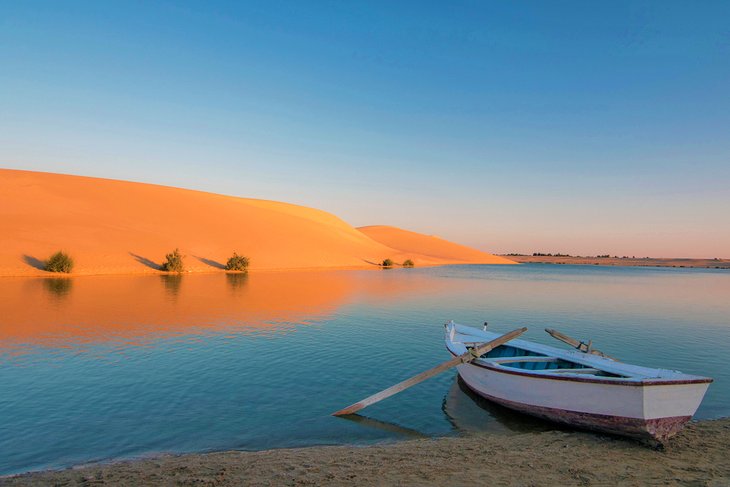
The Fayoum Oasis is a basin just south of Cairo. Better known for its ancient saltwater lake that changes color throughout the day depending on how the sunlight hits the water, Fayoum is surrounded by sand dunes, and it's also a great location for sandboarding and taking memorable pictures.
The lake's high content of salt and minerals is believed to be healing and is visited by many to treat rheumatism and other health issues.
Mount Sinai
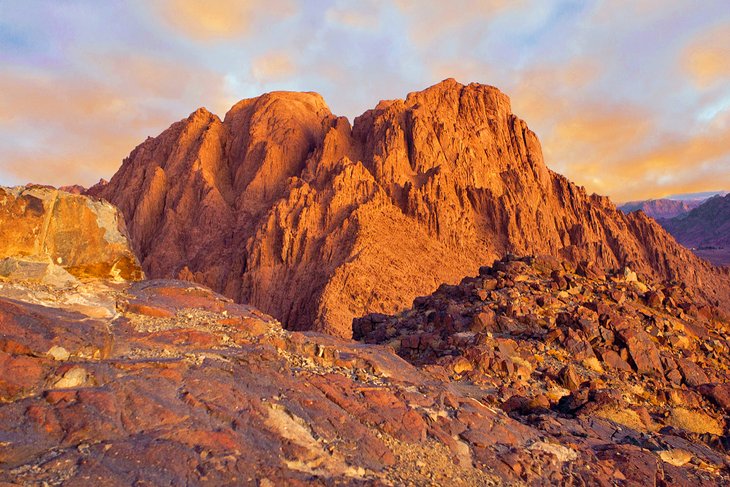
Also known as Mount Moses, Mount Sinai — potentially the location for the biblical mountain and a holy site — sits right next to other peaks, including Egypt's highest mountain, Saint Catherine. The summit of Mount Sinai can be reached in as little as 2.5 hours on foot, though camel rides are also available to cover the route.
Sharm El Luli
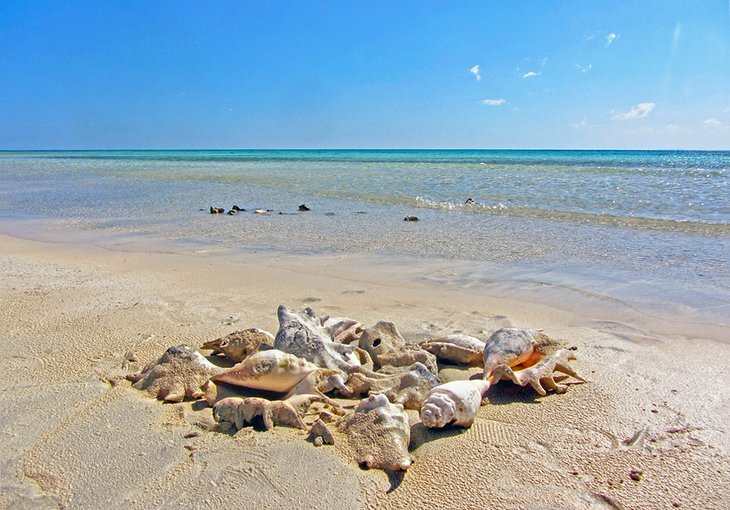
The white, soft sands of Sharm El Luli beach stretch next to a crystal-clear lagoon. Smooth shores, vast coral reefs, and shades of blue make this one of Egypt's best beaches and a perfect destination for snorkeling, diving, and taking incredible photos. The area is underdeveloped — no hotels, no restaurants, and all the peace and quiet you could want.
Siwa Salt Lakes
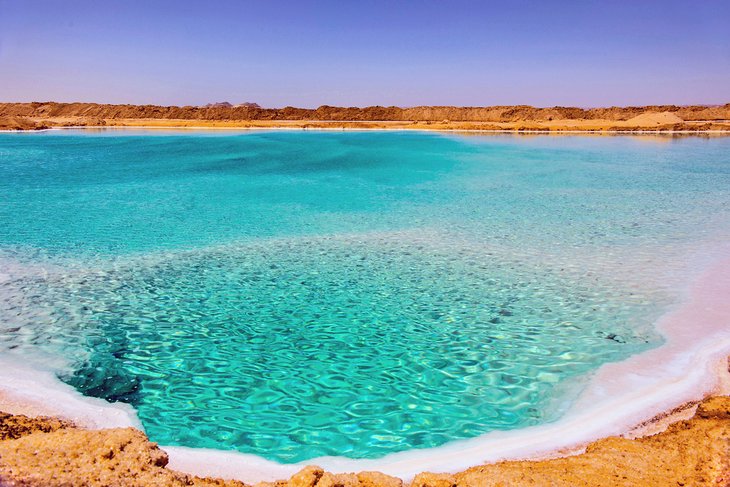
A mystical mix of soft white salt and turquoise waters, the Siwa Lake is over 95 percent salt. The lake attracts many people who believe in its healing abilities. The salt is also harvested and used to create lamps, as it's believed the curative qualities of the salt increase as the lamp heats up.
Sahara Desert
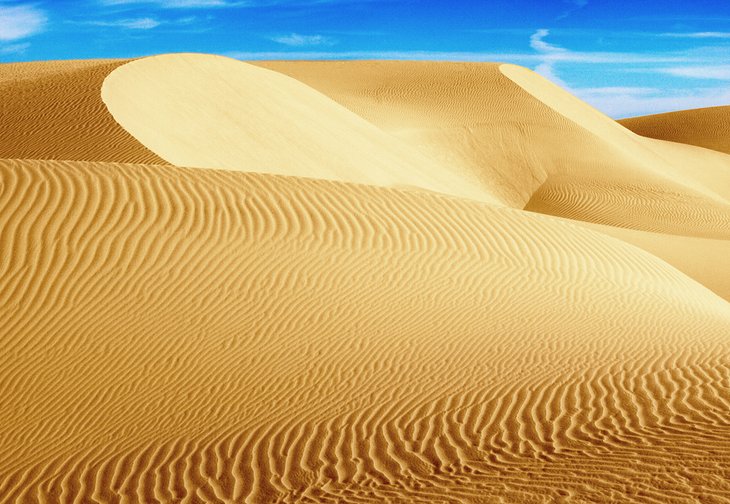
The world's largest hot desert is about the size of the United States — that's eight percent of the world's land area. Covered in sand seas and stone plateaus, the Sahara has sand dunes that can reach 180 meters tall, with opportunities for eye-popping pictures.
The Sahara desert can be cold at night, with temperatures sometimes plunging to freezing levels.
Red Sea Coast
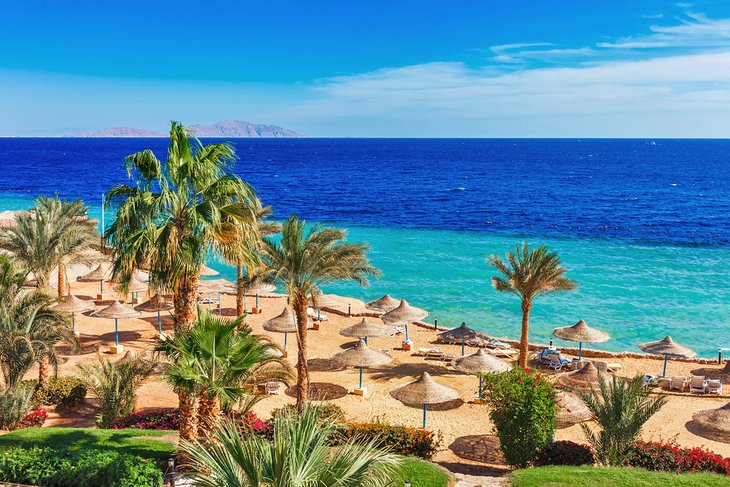
Egypt's Red Sea coastline — also known as the Red Sea Riviera — is made up of a number of resort cities. The combination of warm waters, soft white sands, and diverse marine life makes the area a popular destination for snorkeling and cruises.
- Read More: Tourist Attractions in the Red Sea Region
Temple of Horus
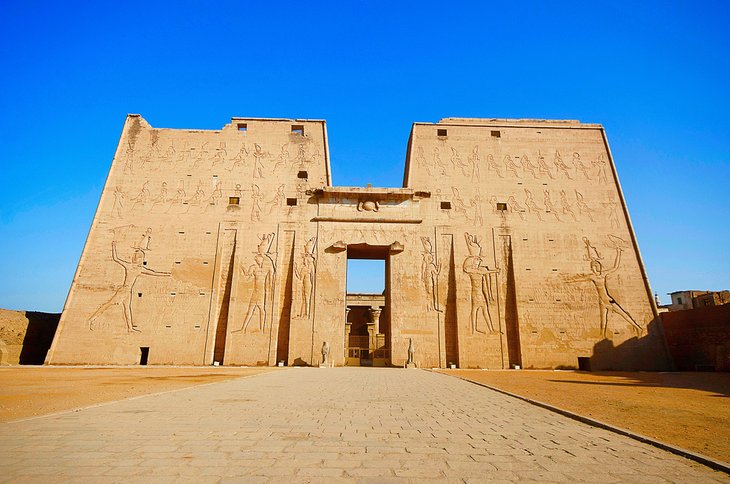
Built sometime between 237 BC and 57 BC, the Temple of Horus in Edfu is one of the best-preserved ancient temples in Egypt. Because of its location on the banks of the Nile, it's often a stop for cruises that go down the river. At night, the entire temple is illuminated with a sound and light show, making it one of the few Egyptian temples that can be visited at night.
- Read More: Exploring Edfu's Magnificent Temple of Horus
Dashur Pyramids
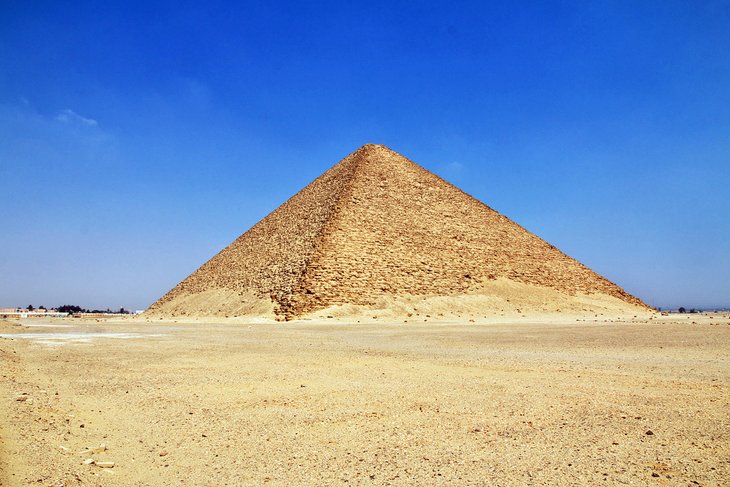
The Giza pyramids might be the most famous in Egypt, but the Dashur pyramids are just as impressive. In fact, the Dashur pyramids are some of the oldest in Egypt, dating back to 2613 BC. The construction techniques used here helped Egyptians transition between the older step-sided pyramids to the smooth surface pyramids that were built later on.
Fjord Bay
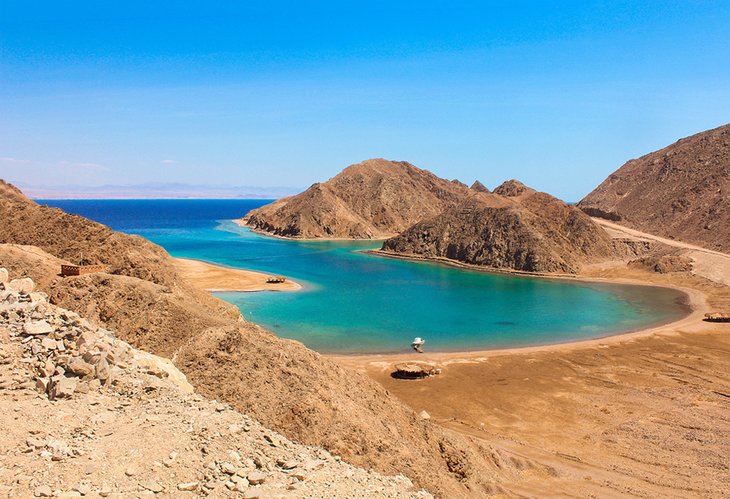
The contrast of crystal-blue waters and the deep gold of the desert sands around it is striking here. Coral reefs that reach 24 meters deep at the "Fjord hole" make this a diver's paradise. Located 15 kilometers from the ancient town of Taba, the bay makes for a perfect half-day trip.
Great Sphinx of Giza
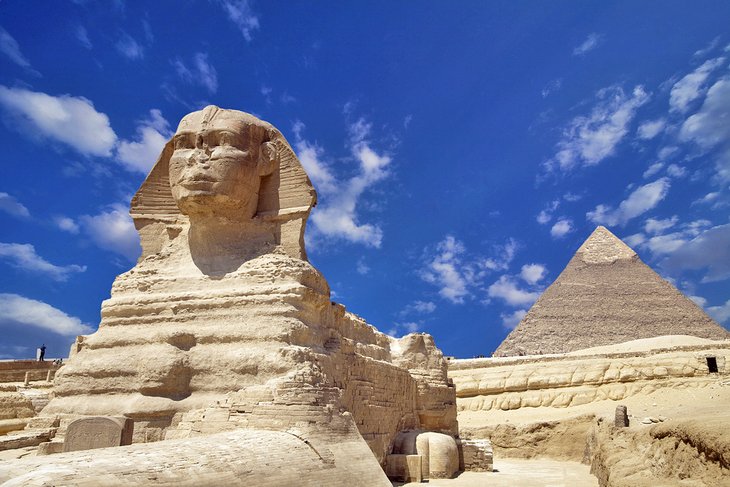
Technically part of the Giza complex, the Sphinx represents a mythical creature that's part human, part lion. Sitting at 73 meters long and 20 meters high, the Sphinx is the oldest and largest monumental sculpture in the country. Historians and archeologists have always speculated that there are secret hidden chambers under the Sphinx, but nothing has been found so far despite much searching.
Ras Mohammed National Park
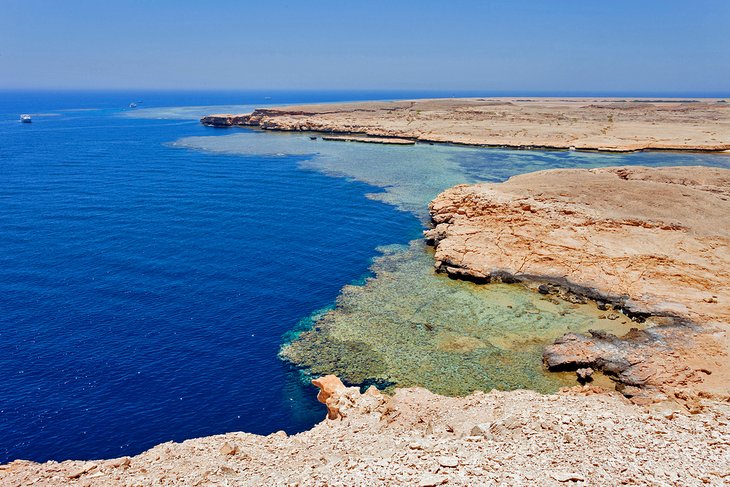
Overlooking both the Gulf of Suez and the Gulf of Aqaba, Ras Mohammad National Park is right on the very popular Red Sea Riviera area, at Sharm el-Sheikh. Here, islands, underwater caves, mangrove forests, and sand dunes mix together to create one of the most stunning coastlines in Egypt. Aside from the beautiful coral, divers can also find the wreck of the British Navy ship SS Thistlegorm underwater.
White Desert National Park
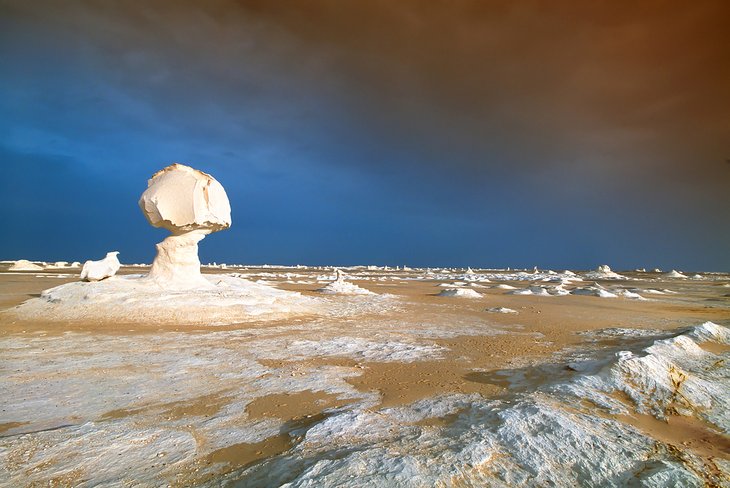
Sahara el Beyda (also known as "the white desert of Egypt") is a surreal place, where wind and sand have "sculpted" otherworldly formations out of white chalk, evoking images of stark beauty. The protected area extends for over 3,000 square kilometers and also includes sand dunes, rust-colored rock formations, and two oases.
A surprising large number of animals live here, including fennec foxes, Rhmim gazelles, and sand cats.
Siwa Oasis
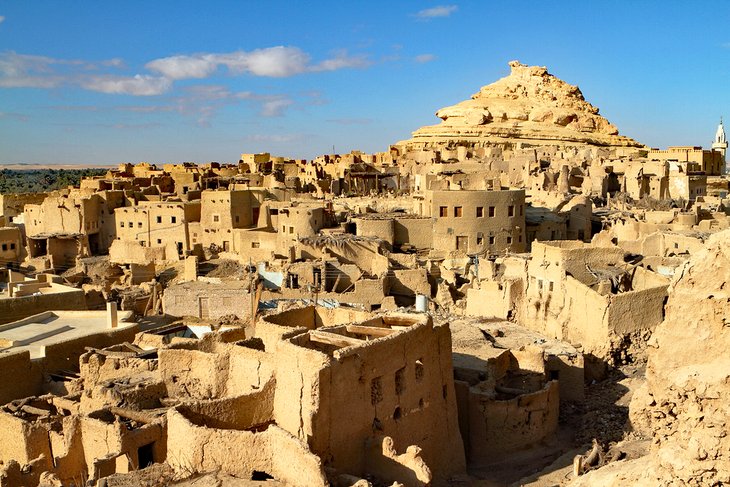
Sitting close to the Libyan border and next to the Great Sand Sea, the Siwa Oasis is home to one of the most isolated human settlements in the world — about 33,000 ethnic Berbers call the place home.
The ruins of the 13th-century Shali fortress — built of local salt rocks — is the most famous place to take photos here.
The Nile
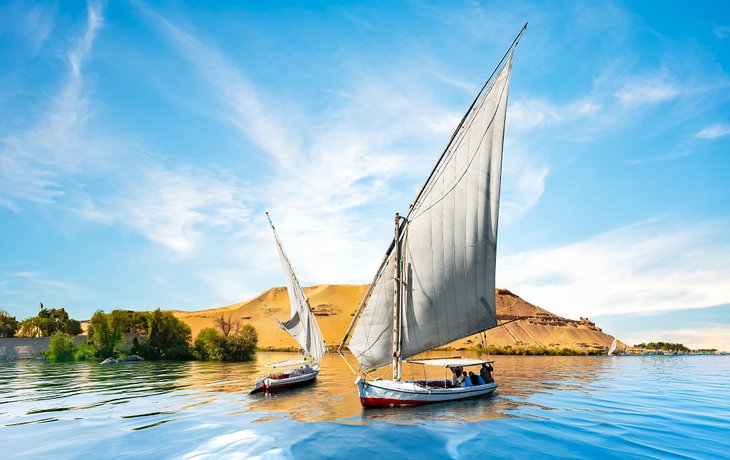
As the longest river in Africa, the Nile has shaped history in many countries, but especially in Egypt.
Today, there's no better way to bring ancient times to life than to cruise down the Nile, past some of the most magnificent landmarks of human civilization. In fact, Egypt's 5,000-year history all lines up against the river: the pyramids, major temples, and other archeological treasures are all built right by the Nile, which provided both access to a means of transportation for building materials, and fertile soil and water.


